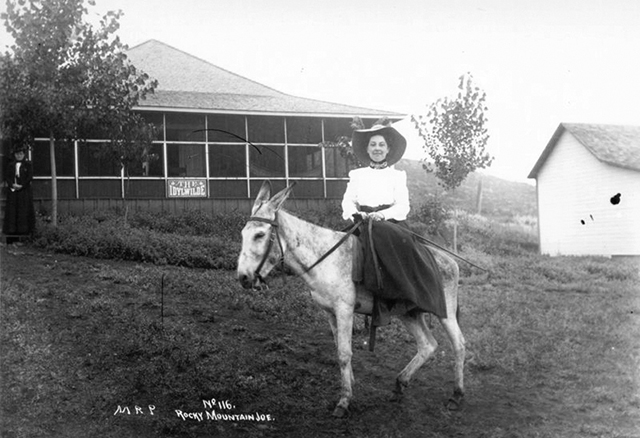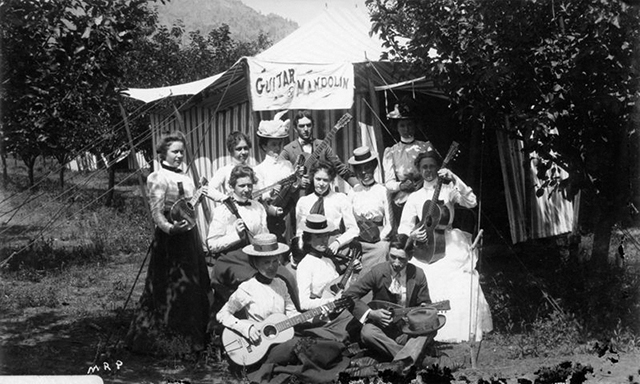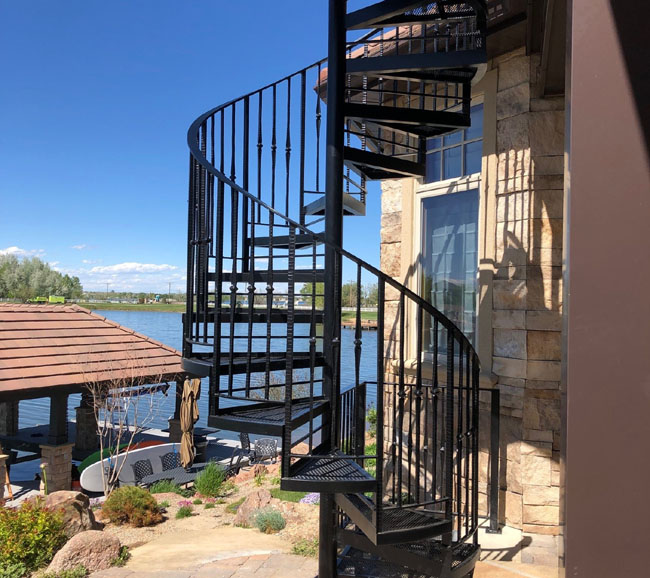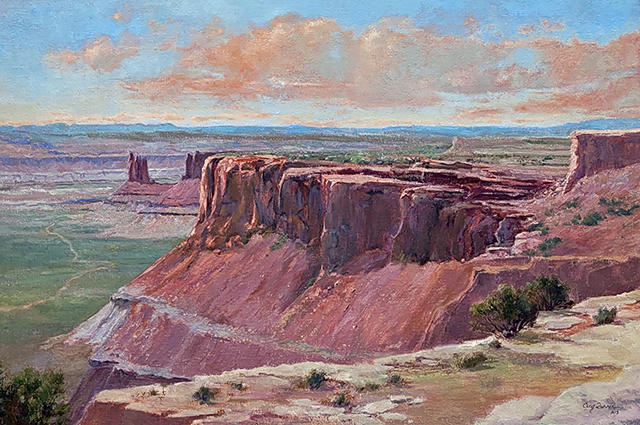Boulder’s Chautauqua Celebrates 125 Years
19 Jun 2023
For over a century, Chautauqua has harbored cultural events we still celebrate today
By LAURA K. DEAL

Whether you’ve hiked the nearby trails, dined on the outdoor patio or attended a concert in the Auditorium, you’ve probably formed some fond memories of Boulder’s Chautauqua. Boulderites have a group of early residents of Boulder and Texas to thank for the beautiful park we enjoy today.
The Chautauqua movement began in the 1800s in the U.S. to bring education and entertainment to people who didn’t always have access to cultural events. The name came from Chautauqua Lake in New York, where one of the earliest events took place. In 1898, enthusiastic Texans hoping to escape the summer heat joined with businessmen in Boulder looking to bring culture to the young city. Through their efforts, the Texas-Colorado Chautauqua began in 1898.
Around 13,000 attendees came from Texas and throughout Colorado by train to Boulder for opening day on July 4, 1898. With less than half that number of residents, Boulder struggled to get folks from the station to the park. Some rode Boulder’s new electric streetcars, others hired a ride in a wagon. Those from further away stayed on the grounds in tents and enjoyed lectures and music in the Auditorium, which had been constructed in haste at the expense of the city of Boulder. The walls didn’t reach the floor, which itself was only packed dirt, so when the breezes blew, clouds of dust filled the space. Those in tents soon discovered that Boulder’s winds could be fierce. In one storm, young women had to flee their collapsing tent half dressed. For the next year, visitors were encouraged to build cottages for their summer stays. Many of those cottages remain today.
Motion pictures were brand new, with a few shown in that first season. They gained popularity in the early 1900s with light-hearted silent films becoming audience favorites after World War I ended. By 1920, the Auditorium had walls that reached the ground, a cement floor and “opera” style seating, replacing the hard wooden benches that early audiences endured. It was movies that helped keep Boulder’s Chautauqua alive as the Chautauqua movement faded around the country in the 1930s in the face of competition from radio programming.

Boulder celebrated the 50th anniversary of Chautauqua twice—once in 1947 with the 50th summer season, and again in 1948, 50 years after its founding. In addition to a parade and several performances, the Auditorium got a new movie screen. The Community House, which had been built in 1918, provided a venue for smaller gatherings. The Auditorium was feeling its age, and though there were still movies and music filling its space, the glory days of Chautauqua seemed to be over.
However, some Boulder residents, like Laurence Paddock, saw the value in preserving the icon of Boulder’s history, and in 1974, the Chautauqua Auditorium was placed on the National Register of Historic Places. Then orchestra director Giora Bernstein discovered the incredible acoustics of the building and in 1978, the Colorado Music Festival began holding concerts there. That same year, the historic preservation effort resulted in Chautauqua Park being designated a National Historic District. Money to refurbish the Auditorium soon followed. Much of this work was the result of a new Board of Directors, elected in 1977, which included women for the first time in the Chautauqua Association’s history.
Since then, Boulder has been treated to summer programs that have brought in musicians from around the country. Lectures, films and art programs are offered year-round. Chautauqua continues to change with the times, providing virtual programming in 2020 that can still be found on the website and viewed from home. We owe much to the people who, 125 years ago, sought to bring culture to Boulder with the establishment of Chautauqua.












